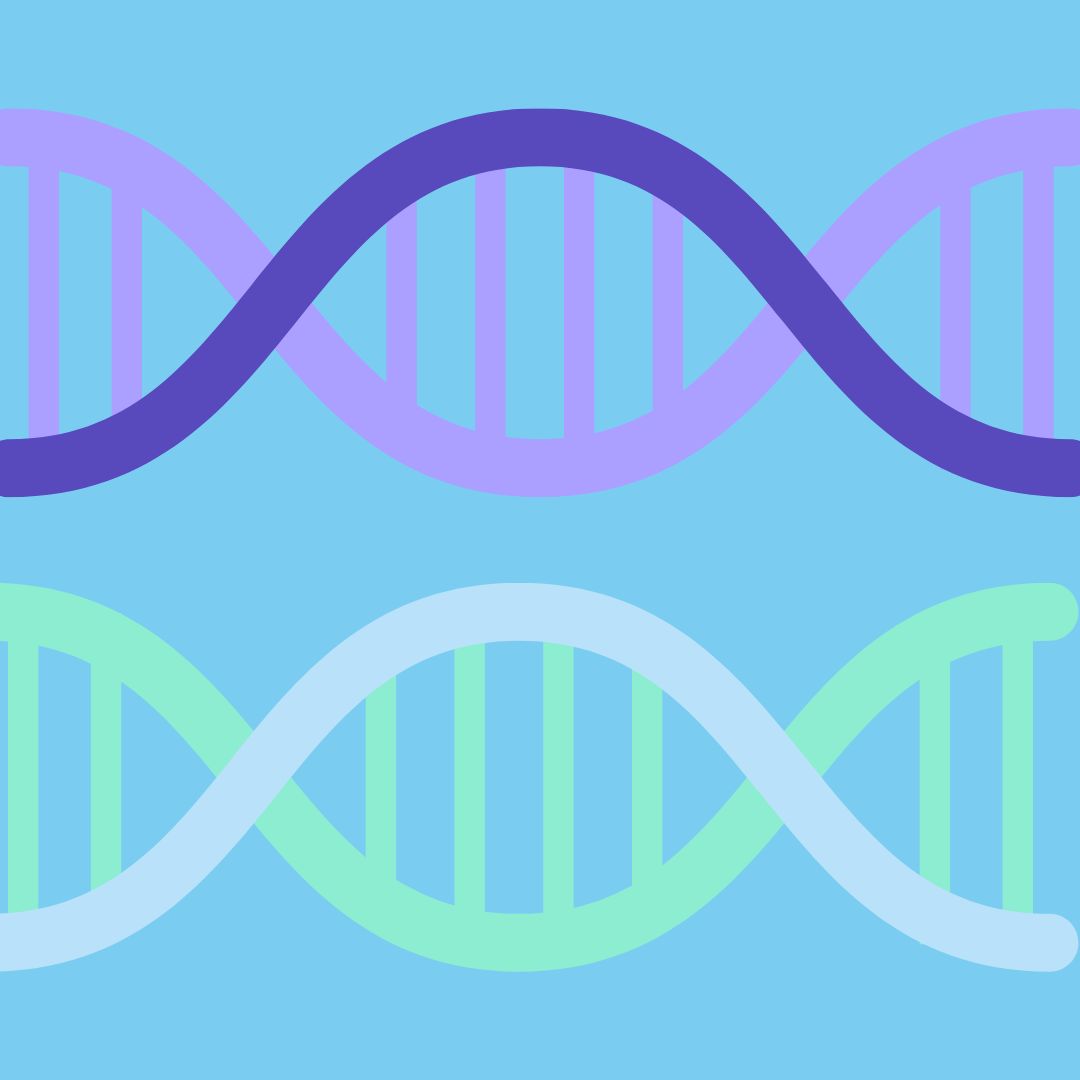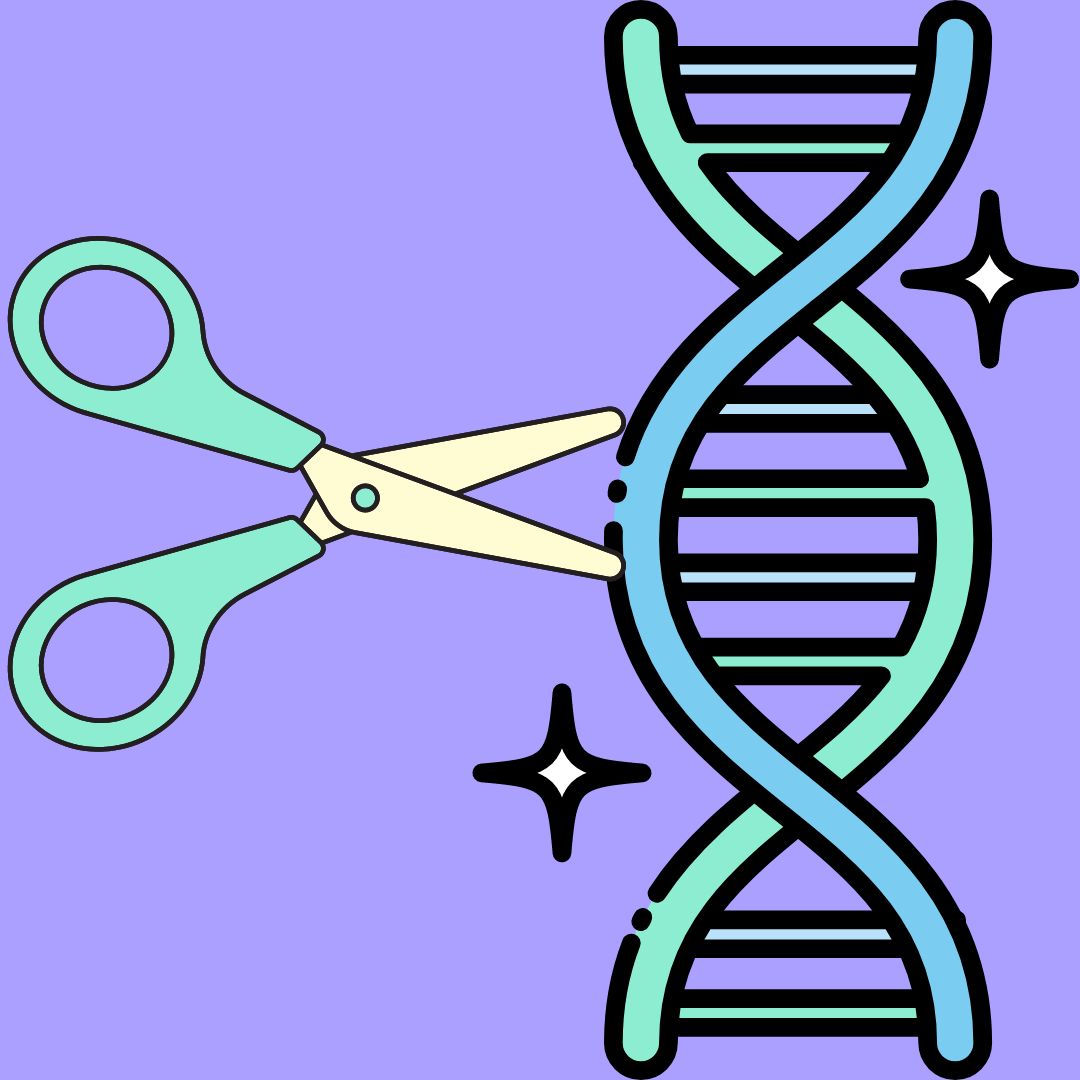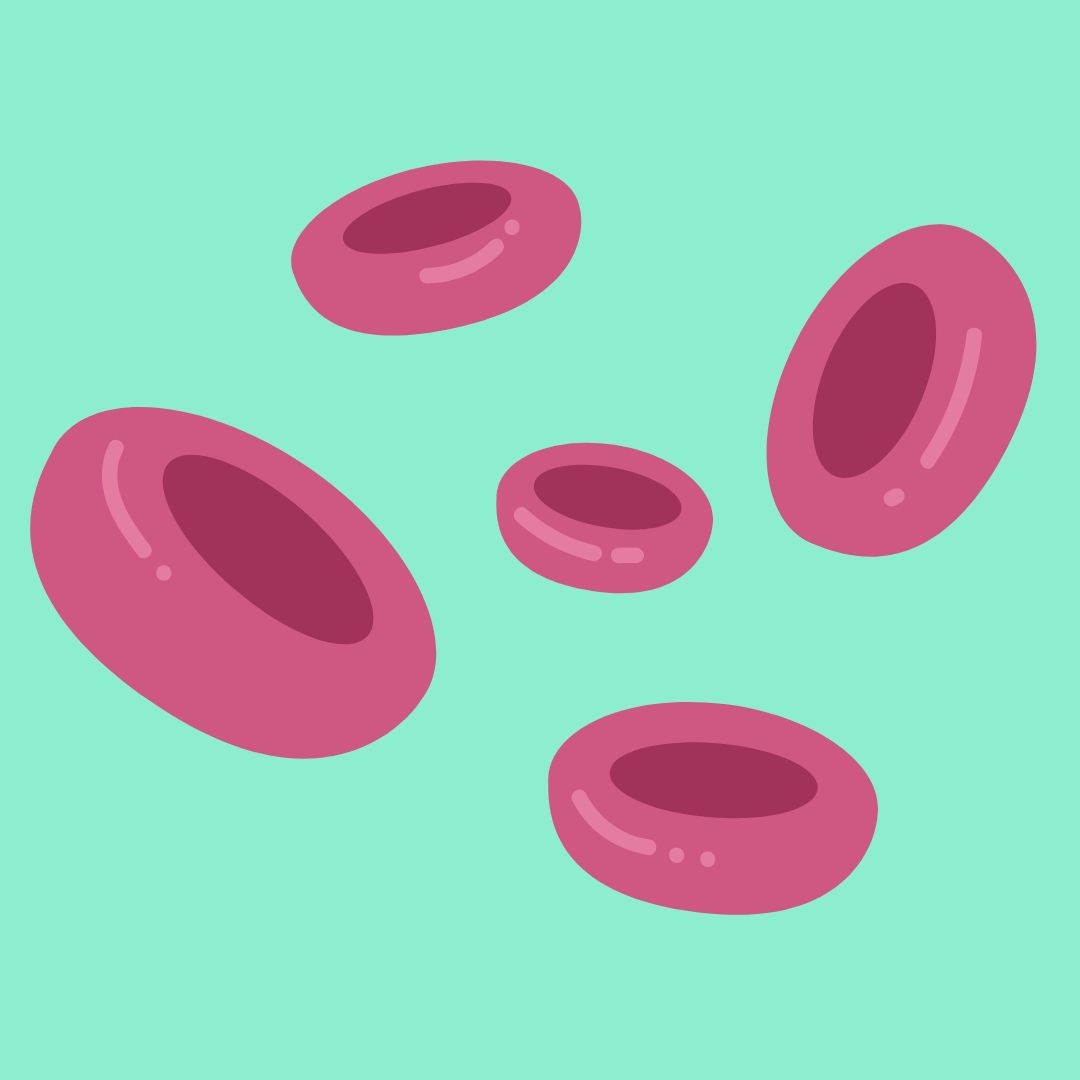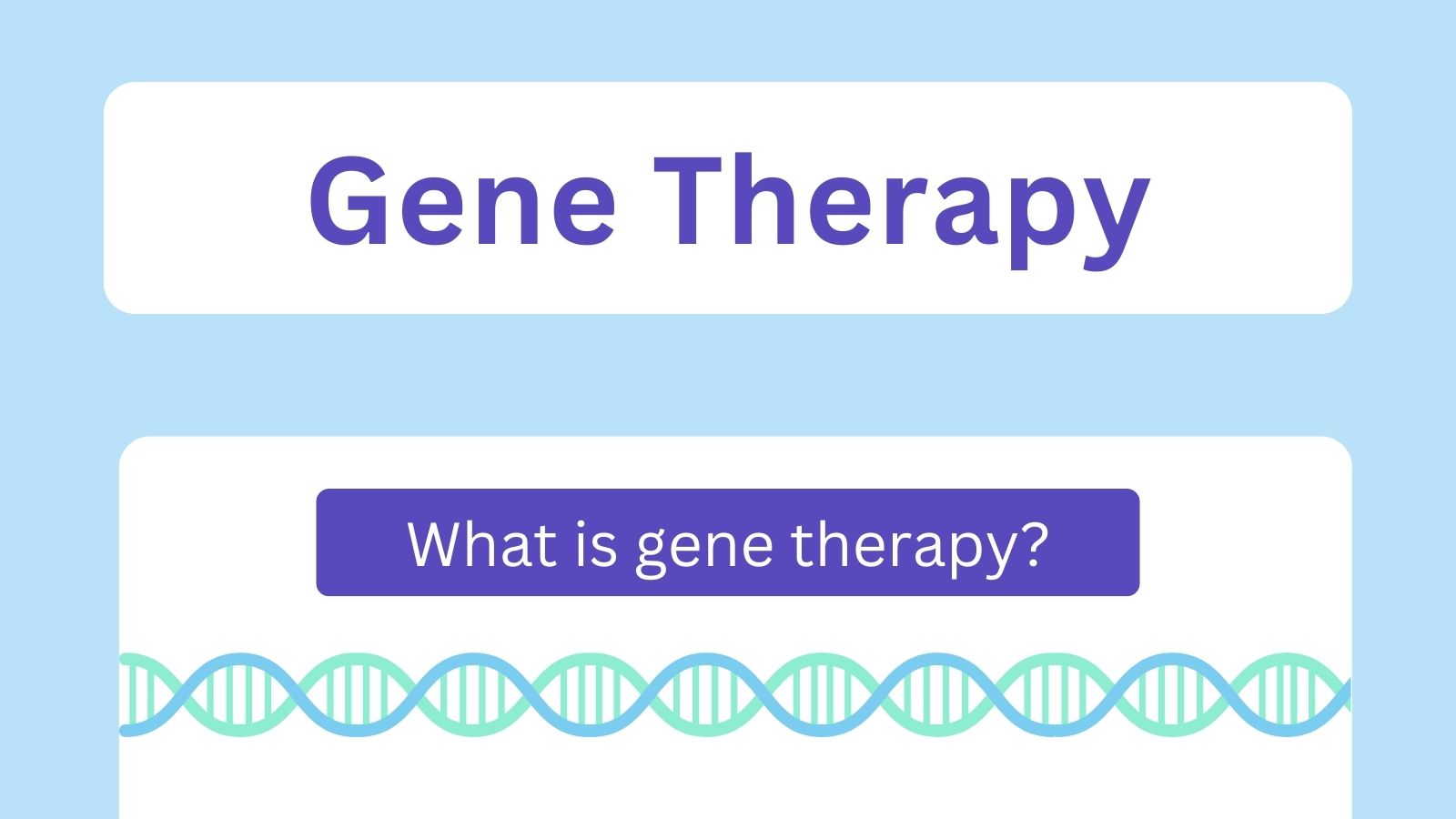Gene Therapy
Learn about what gene therapy is and how it works below.
How does gene therapy work? How is it administered?
Therapeutic material is created that can inactivate, replace, or alter the malfunctioning gene. This material is put inside a vector, which is a vehicle that delivers the therapeutic genetic material into the cell. When the material is in the cell, it functions like a set of instructions, telling the cell how to change DNA to get a permanent therapeutic effect.
Gene therapies are administered differently depending on how genetic information is transferred to the cells. When gene therapy is used to modify genes in the body (in vivo), the vectors are injected directly into the patient and deliver the therapeutic material to the target cells.
When gene therapy modifies cells outside the body (ex vivo), doctors may take blood, bone marrow, or tissue out of the body and introduce the therapeutic material into these cells in the lab. Then after this process is finished, the cells are injected back into the patient.
The time it takes to receive a gene therapy varies. Some therapies require a period of conditioning prior to treatment to prepare the body for the therapy. Treatments may also require some length of an in-patient recovery period. These can vary by treatment.
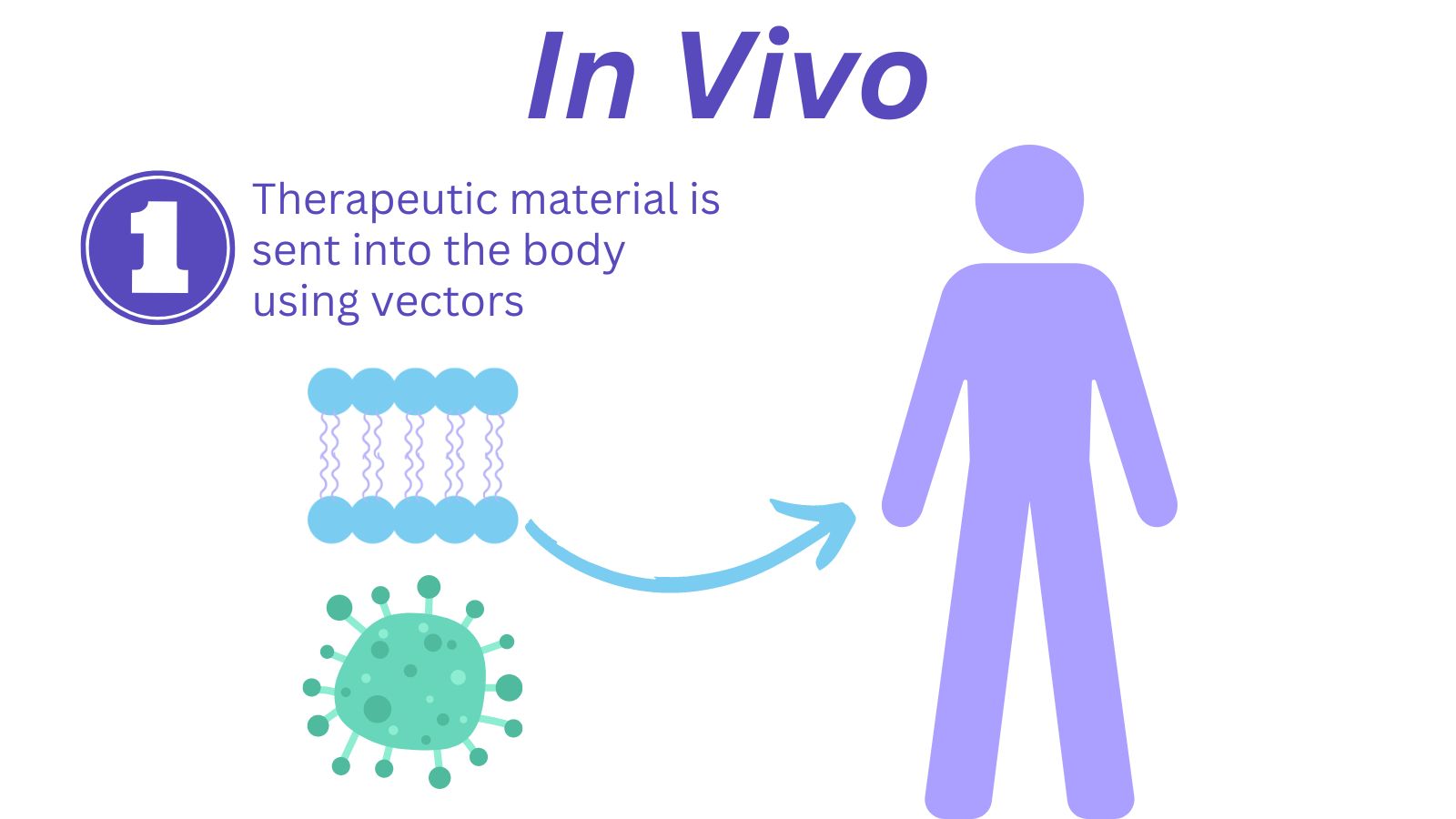

What are viral vectors?
Viral vectors use a virus as the vector. The viral genes are removed so that it’s safe to use, and the vector is modified to only deliver the therapeutic material.
Examples of Viral Vectors include Adeno-associated viral (AAV) vectors, Adenoviral vectors, Lentiviral vectors, and Retroviral vectors.
A benefit of viral vectors is that they are efficient at transferring therapeutic material to the intended cell. The major downside of these vectors is their potential to cause an unwanted immune response in the body or to cause damage to cells.
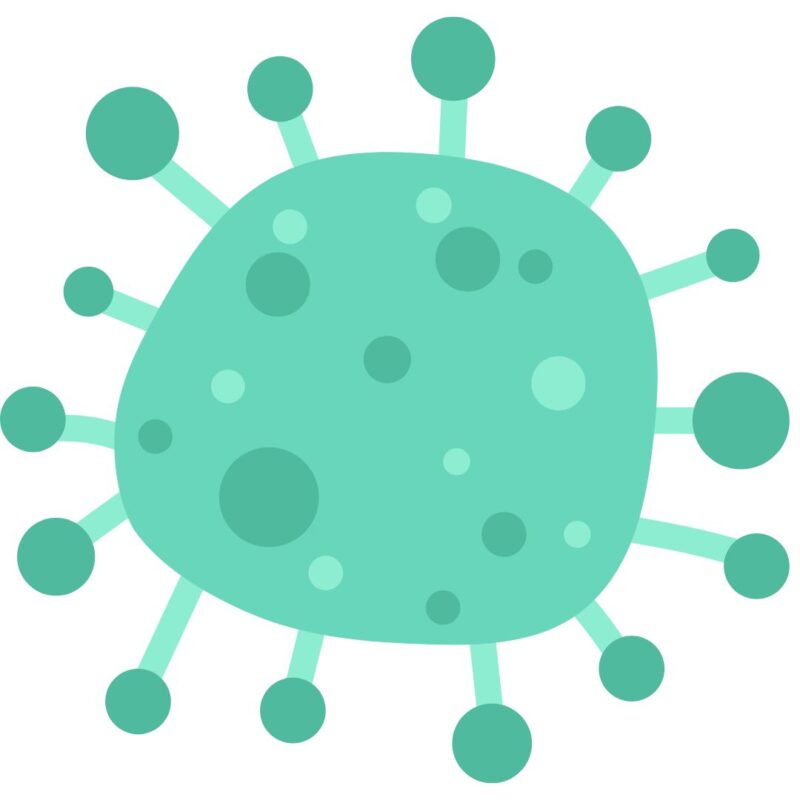
What are nonviral vectors?
Nonviral vectors use things that are NOT a virus as the vector.
Examples of Nonviral Vectors include Lipid nanoparticles (LNPs), Cationic polymers, Inorganic nanoparticles, Exosomes, and Polymer hydrogels.
Nonviral vectors pose less risk to harming the person and reduced toxicity to targeted cells than viral vectors. However, these vectors are Less efficient at transferring therapeutic material to the intended cell.

Is gene therapy passed onto future generations?
Currently, gene therapy products are being tested in somatic cells, NOT germ cells, which are what passes genetic information to a person’s children.
Germ Cells
Germ Cells
Germ cells, or reproductive cells (sperm and eggs), are what pass on genetic information to a person’s child.
Somatic Cells
Somatic Cells
Somatic cells are any cell that are NOT germ cells.
Is gene therapy safe?
Every therapy comes with risks. It’s advised to talk through any potential therapies with your care teams to learn more about the potential risks and benefits of gene therapies, as well as alternative treatment options, if they exist.


